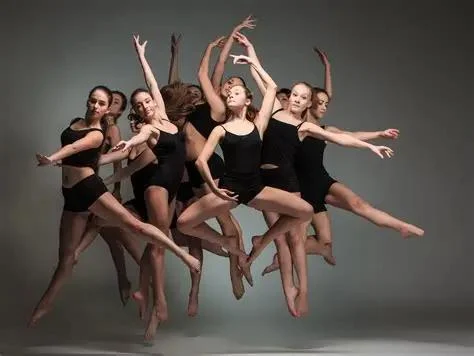
- do-colleges-have-school-dances
- types-of-dances-hosted-in-college
- differences-from-high-school-dances
- real-experiences-from-college-students
- making-the-most-of-college-dance-events
1. Do Colleges Have School Dances?
If you’ve ever wondered, do colleges have school dances like high schools do, the answer is: yes—but they’re quite different in style and purpose. While traditional "prom-style" dances are rare in college, many institutions host a variety of dance events throughout the academic year. These events are less formal and more diverse, reflecting the freedom and cultural richness of college life.
College dances are typically organized by student associations, Greek organizations, international clubs, or cultural groups. They can range from themed parties and masquerade balls to salsa nights or music festivals. Unlike high school, participation is voluntary, and students often self-organize events with creativity and independence.
2. Types of Dances Hosted in College
Colleges offer a broader spectrum of dance-related events tailored to student interests. Here are a few of the most common formats you might encounter:
Club Nights and Parties: Often held on or near campus, these feature DJs, lights, and modern music. These events provide a casual space for students to socialize, unwind, and dance freely—no chaperones, no curfews, just expression.
Cultural Dance Events: Universities are melting pots of cultures. Indian Diwali nights, African dance showcases, Latin dance lessons, and K-pop parties are increasingly popular and typically feature traditional and modern dances. These events are both educational and incredibly fun.
Formals and Galas: Sororities, fraternities, and clubs frequently host formal events, often with dancing as the highlight of the night. These might be fundraisers, celebrations, or simply annual traditions.
At many schools, dance organizations and performing arts departments also host public showcases and open workshops—sometimes even flash mobs or TikTok challenges in campus quads.
3. Differences from High School Dances
The college dance scene diverges in tone and purpose. There are no school officials planning strict schedules, no awkward gym decorations, and certainly no vote for homecoming royalty. Instead, college students bring their unique style to the experience.
Dances in college are driven by community. They’re often more inclusive and self-selected, reflecting maturity, autonomy, and a more relaxed social setting. There’s less emphasis on dress codes and more on atmosphere, music, and cultural celebration.
This freedom means students can curate their own experience. For example, at UC Berkeley, a group of students once organized a “Silent Disco” on the steps of the library using Bluetooth headphones. In contrast, Georgetown University students put together a yearly “Diplomatic Ball” with ballroom dancing, tuxedos, and classical music.
4. Real Experiences from College Students
Samantha, a sophomore at NYU, shared: “We don’t have a prom, but our Latinx Student Union throws salsa nights every semester. It’s not just dancing—it’s family, culture, and so much fun.” Meanwhile, Marcus, a senior at Ohio State, mentioned: “My frat’s formal is like a mini wedding reception every spring. Suits, dinner, open dancing—it’s the best night of the year.”
These stories highlight the range of experiences across campuses. Whether students want casual or elegant, cultural or contemporary, there’s usually something for everyone. And if not, colleges often support students in creating the dance spaces they desire.
To improve your dancing skills and stand out at your next campus event, consider training with the expert instructors at American Dance Academy, where style meets confidence.
5. Making the Most of College Dance Events
Whether you're a seasoned dancer or someone looking to overcome a bit of shyness, college dances are a perfect opportunity to connect, express, and explore movement. You don’t need a date, perfect outfit, or years of training—just a willingness to show up and move.
Want to meet people? Dance floors are great icebreakers. Want to experience culture? Attend events from global student organizations. Want to gain confidence? Try a ballroom or hip-hop workshop offered on campus or through local partners like American Dance Academy.
In short, yes—colleges have dances. They may not be called “school dances,” but they are vibrant, diverse, and meaningful experiences that shape student life in unforgettable ways.
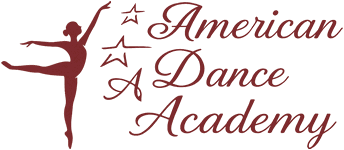
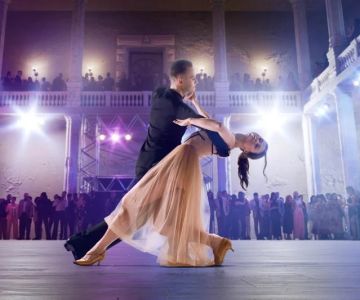
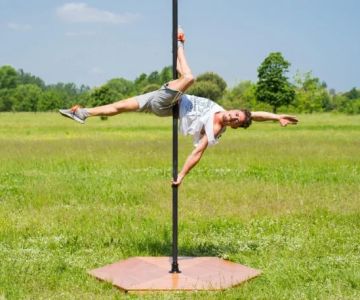
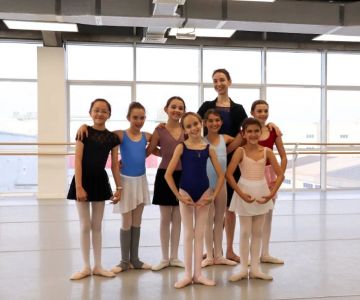
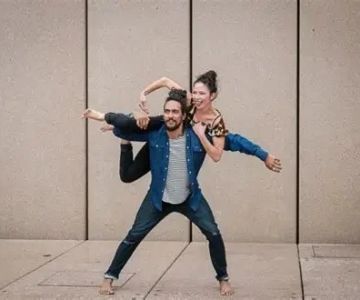
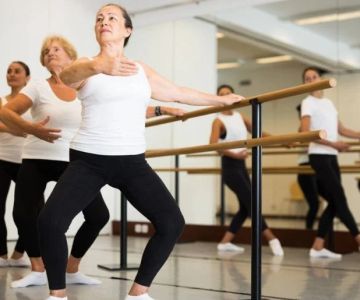
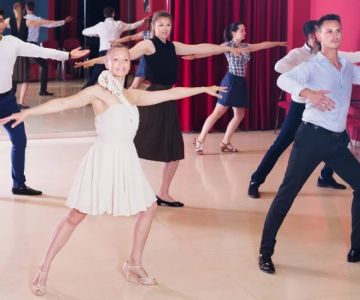
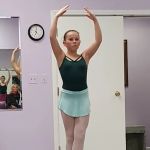 Barrington Dance Academy5.0 (22 reviews)
Barrington Dance Academy5.0 (22 reviews)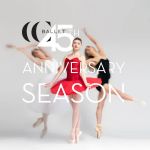 Canyon Concert Ballet4.0 (17 reviews)
Canyon Concert Ballet4.0 (17 reviews) Big City Dance Center LLC4.0 (25 reviews)
Big City Dance Center LLC4.0 (25 reviews)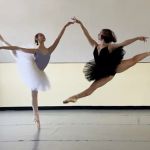 Tye Chua Dance & Kalamazoo Ballet5.0 (18 reviews)
Tye Chua Dance & Kalamazoo Ballet5.0 (18 reviews)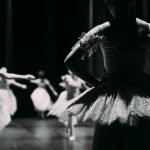 Fenton Ballet Theatre4.0 (24 reviews)
Fenton Ballet Theatre4.0 (24 reviews) Front Street Dance Center5.0 (7 reviews)
Front Street Dance Center5.0 (7 reviews) Are There Dances in Middle School? What Students and Parents Should Know
Are There Dances in Middle School? What Students and Parents Should Know How a Dance School in Instagram Builds Community and Success
How a Dance School in Instagram Builds Community and Success Why Do Schools Teach Square Dancing?
Why Do Schools Teach Square Dancing?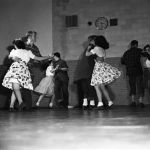 Why Was Square Dancing Taught in School?
Why Was Square Dancing Taught in School? Why Swing Dance Is Popular for Adults
Why Swing Dance Is Popular for Adults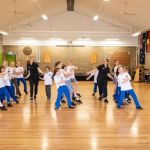 A School Dance: How to Prepare, Shine, and Make It Unforgettable
A School Dance: How to Prepare, Shine, and Make It Unforgettable